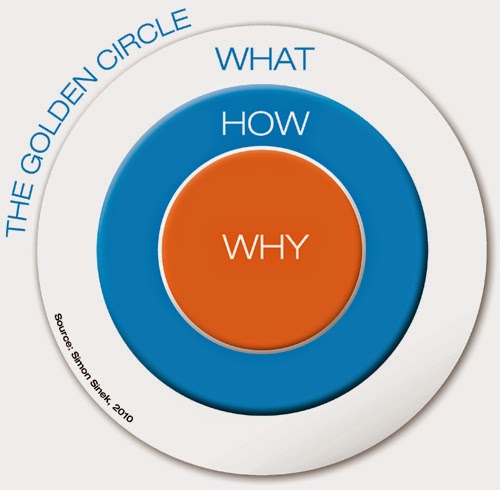Many organization provide their employee with Job Description (JD). Every job description will tell people on what to do and sometimes, perhaps how to do it. In my humble opinion, this work well in the past where compliance is very much needed.
But in this competitive environment, things have changed. People don’t do routine job too much now, because the job nowadays is not to produce a certain set of rules. If the job requires a routine of a set of rules, a machine or a system could easily replace the job. The jobs nowadays require people to think, solve problems and move within the company’s direction.
Today, job description is also been use for a person to define their territory and protect themselves from doing things out of their boundaries. If things were not clearly stated in one job description, they just can say that it is not part of their job, based on their JD. In case that a particular task was not define in anybody’s job description, chances are that thing might be left over and no one to be blame.
Job Mission
What we need in describing a role of an employee is a Job Mission (JM). Job Mission is more about the goal of your role, which align to the greater goal of an organization. Job Mission provide empowerment of an employee where they will do whatever it takes to complete their mission. In this world, we are moving from compliance to engagement. We don’t just want people to comply with our standards and rules, but we want to engage them so they will stay longer with us, provide the brain in providing solutions and add value to the whole organization.
With the task which keep on changing, a job which not following a certain sets rules, job mission gives a certain degree of flexibility based on their responsibility. It also encourage the employee to think further how to achieve their mission. It also can be change from time-to-time especially for project based which is very common nowadays.
With this method, those who work will then behave differently. Instead of having a job, depending on the bosses to tell them what to do and blaming others for not doing their job (which is outdated way of working), JM will give one a sense of purpose in their job, taking initiatives to achieve the objective and take responsibility in whatever they do.
Start With Why?
The most important question people wanted to ask is Why they should do things. JM focusing on the objective, the why of doing things. JD is talking about What. What they should do to get the job done. Based on the golden circle by Simon Sinek, the first thing we should do is to ask Why. Our biological make-up is made up of Why, How, What. JD might neglect the WHY part and straight away move to the WHAT part. This might tell a person what to do, but it might not sustain their motivation of doing things.
Best Practices?
While most people will say that every company have a JD. That is the best practice in the industry. Well to me Best Practices is not always the best thing to do for a company. Most company again look at some so called successful company and they try to copy what people do the best, without asking why they are doing things. If we just copy on what people do, we are not an innovator, we are just follower. Most people claimed they are the leader, but what they do is just following what other people are doing. Before we benchmark other people’s best practice, we should ask why they are doing that. If the why is aligned with our why, then by all means do it. But most people just copy it without knowing why.
Conclusion
No, don’t scrap the job description fully, it also can be embedded within the job mission if it is necessary on case-to-case basis. If the company already have the system in place, it is difficult to change JD to something else (especially giant corporations), what we can do is to design the JD with the JM in mind.
At the end of the day, what we want to create is an employee who are:
i. working on the objective, rather than working with a standard rules of doing things
ii. proactive to do whatever it takes, rather than reactive towards new instruction
iii. Take charge, instead of blaming or finger pointing.
References:
i. Strategic HR, Invent and Innovate by Alex Yong
ii. Drive, The Surprising Truth About What Motivates Us by Daniel Pink
iii. Start with Why by Simon Sinek
iv. Best Practices Are Stupid by Stephen Saphiro
v. https://www.gild.com/2014/12/create-irresistible-job-descriptions/

